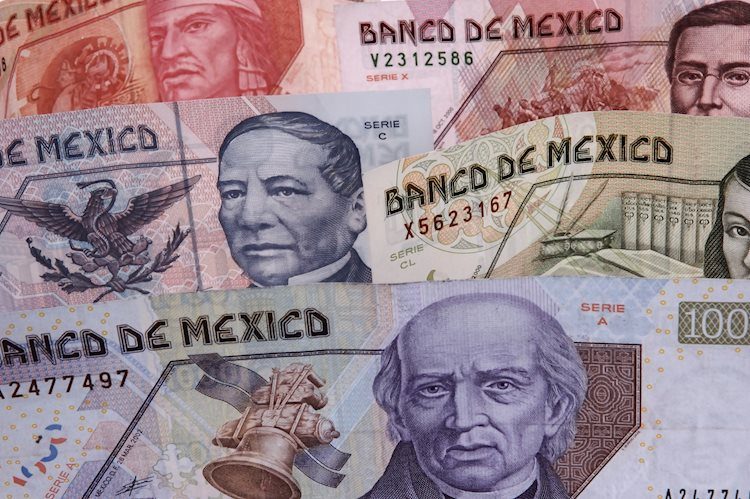The Mexican Peso (MXN) has been trading lower recently due to political risk as concerns about proposed reforms to the judiciary have weighed heavily on investor sentiment. The Morena-ruled government in Mexico is planning changes to the constitution that would involve making judges elected rather than appointed, a move that critics argue could compromise the independence of the judiciary. This has led to fears that the reform could increase risk premiums in the country, with Morgan Stanley even advising its clients not to invest in shares in Mexico.
In a bit of positive news, the Peso received some support from Canada’s decision to increase tariffs on Chinese electric vehicle and steel imports, which could benefit Mexico as it serves as an intermediary manufacturer of Chinese EVs destined for the North American market. Additionally, comments from Banxico Deputy Governor Galia Borja on maintaining a restrictive monetary policy stance provided further support for the currency. However, cooler-than-expected inflation data for August, weaker retail sales, and carry trade flows out of the Mexican Peso may have contributed to its recent weakness.
Technically, the USD/MXN pair is consolidating within a rising channel, indicating an overall uptrend favoring long positions. Although there may be a temporary downward movement, the general direction suggests further appreciation towards channel highs. A break above the swing high would confirm the continuation of the upward trend.
The value of the Mexican Peso is influenced by various factors, including the country’s economic performance, central bank policy, foreign investment, remittances, and geopolitical trends. Nearshoring trends, oil prices, and macroeconomic data releases also play a significant role in determining the strength of the MXN. Maintaining low and stable inflation levels is the main objective of Banxico, with interest rate adjustments used to control inflation levels.
In conclusion, the Mexican Peso is a highly-traded currency in Latin America with its value dependent on economic indicators, central bank policies, geopolitical events, and external factors like oil prices and foreign investment. While recent political risk has weighed on the Peso, positive developments like the tariff news and supportive monetary policy may help stabilize the currency in the near term. Monitoring key economic data releases and global market sentiment will be crucial in assessing the future trajectory of the Mexican Peso.











